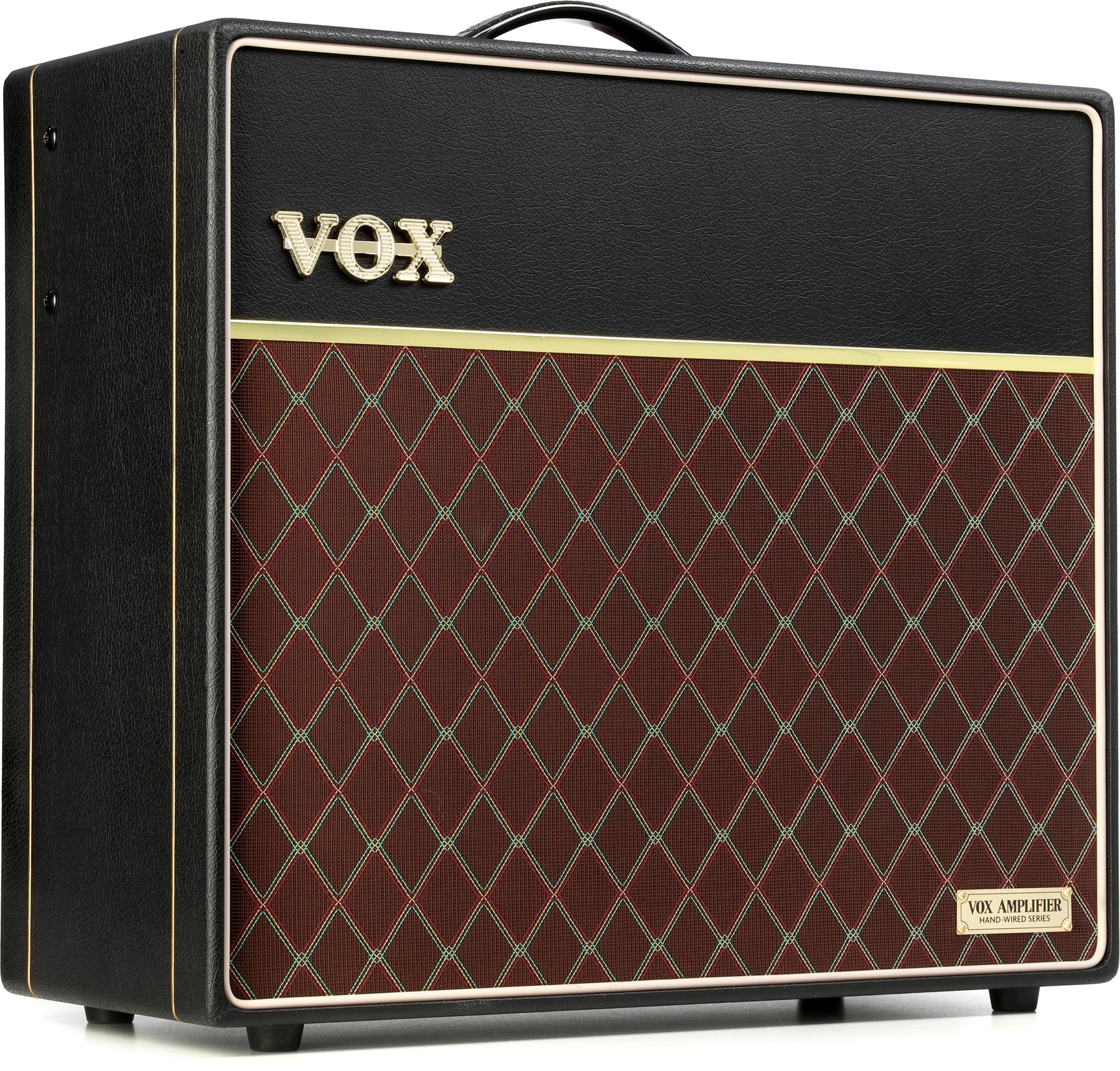Any time I go anywhere to record anything, I bring along an old Deluxe Memory Man as insurance. I’m not sure I can say that about any other instrument, pedal, or amplifier. As anyone who has used one knows, it’s a beautifully moody sounding echo. It’s also a brilliant design: an ergonomic, interactive, and handsome pedal that, at times, feels almost alive.
My well-travelled and much-abused ’90s edition is now noisy, dented, scratched, and wobbly in the knobs. But if there isn’t an Echoplex or Space Echo on hand, no delay sounds better or feels as good to use. The way it encourages performative, improvisational delay expressions means I’ll always come up with a cool sound of some kind—even on my least inspired days. It literally expands my musical vocabulary.
EHX’s newest take on the Memory Man circuit, the Nano Deluxe Memory Man, is the most compact DMM ever. And though its basic voice is brighter and slightly less widescreen than an original, it sounds like a proper old-school bucket brigade analog delay should and facilitates creative, on-the-fly adjustments in spite of the space constraints.
Unwinding in Tight Quarters
By virtue of its size and control orientation, the Nano Deluxe Memory Man is a very different iteration of DMM architecture. Though the six small knobs are tightly clustered, they turn with resistance uncannily similar to the knobs on an original Deluxe Memory Man. And the spacing between them is just enough that you can make simultaneous adjustments to mix, feedback, and delay time, provoking the weird, wild oscillation and pitch shift effects that are DMM hallmarks. The close quarters and tiny knobs make it hard to achieve the same ergonomic satisfaction and freedom of movement that come with operating an old big-box unit. But the fact that EHX managed to replicate any of the tactile experience of an original on an enclosure this small suggests they thought a lot about retaining a vintage unit’s interactive capacity.
Less Haze in Your Daze
Most players love DMMs for their “darkness”—more precisely, the way successive repeats dissolve like foggy miasma behind the initial attack. Relative to my ’90s vintage Deluxe Memory Man, the Nano sounds toppier and a little less mellow in the repeats. That quality is underscored when you add gain from an overdrive or fuzz.
For some artists, the extra top-end definition in the Nano’s repeats will be a silver lining.
Compared to most digital delays (at least those not trying to emulate old analog units), the Nano’s repeats are still pretty dusky. How that suits your style is a matter of personal taste. Some players that rely heavily on high-gain fuzz sounds actually prefer the cleanliness of digital repeats after they’ve stacked several sources of filth. So, for some artists, the extra top-end definition in the Nano’s repeats will be a silver lining.
Compared to digital delays like the Boss DD-5, the Nano DMM’s repeats are hazier and more glued together—particularly with overdrive or fuzz upstream. They aren’t quite as midrange-y as MXR’s Carbon Copy Bright (an analog BBD delay that bumps high-mid content to cut more like a digital delay), but the Nano DMM does, perhaps, concede to contemporary production values by offering a more mid-oriented voice.
This sonic signature is really cool in certain applications. Slapback tones, for instance, take on a brash attitude that shines in recording situations where a lead or hook has to stand out. And it still has a subtle compression effect on distortion, lending a cohesiveness that sounds nice when using long washes of repeats.
Modded Mod
One big difference in the Nano that old-school DMM heads will notice immediately is the presence of rate and depth knobs for the modulation section (the original had a single depth knob) and the absence of a vibrato/chorus switch. EHX says that the rate knob effectively stands in for the chorus/vibrato switch and that the 9 o’clock and 2 o’clock positions achieve the same sounds as the original’s chorus and vibrato, respectively.
I didn’t find the correspondence quite so direct. Just as the darkness in a vintage Memory Man mellows repeats, it also tames peaks in intense modulations. Conversely, the Nano’s brighter voice makes modulation peaks a little more intense, so you may not be able to use quite as much depth as you would on a vintage unit. There are still cool textures to be found, though. The chorus is a very nice, if subtle, sweetener at lower depth levels, and the vibrato generates cool tape wobble and psychedelic pitch effects that add a mesmerizing sense of animation. Players intent on using aggressive depth settings may want to mind the effect level, however.
The Verdict
Like most old pedals, original Memory Man units are a varied bunch. That means there is no one standard to measure the Nano against—at least in terms of vintage authenticity. But outside issues of authenticity, the Nano fundamentally sounds like a really good bucket brigade delay. Most vintage DMM users will find the Nano’s repeats comparatively toppy. And experienced DMM users should expect very familiar sounds, although not overtone-for-overtone equivalents. But what the Nano does not achieve in perfect vintage correctness, it makes up for in utility and a distinctive tone signature for players that want a touch of shadowy bucket brigade personality without surrendering their tone entirely to analog haze.




















